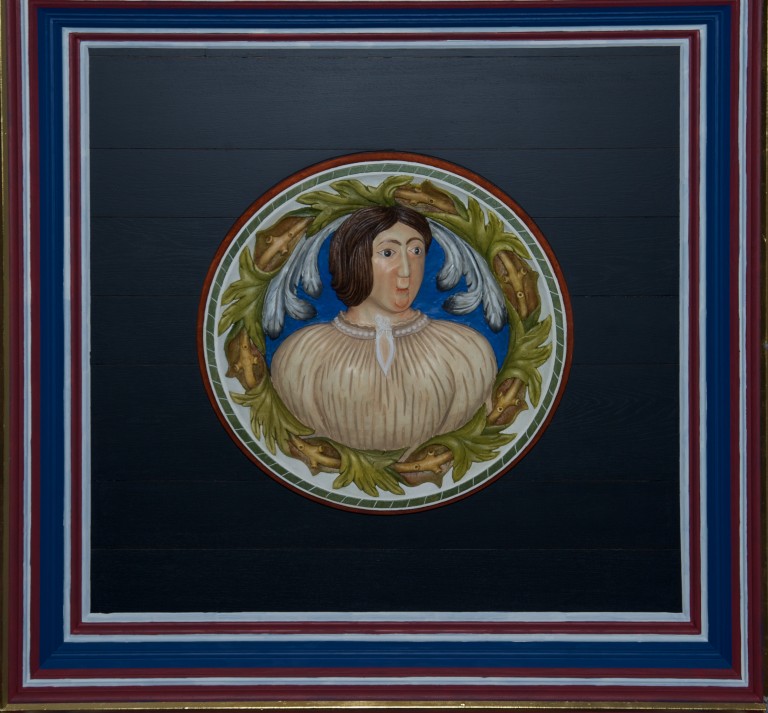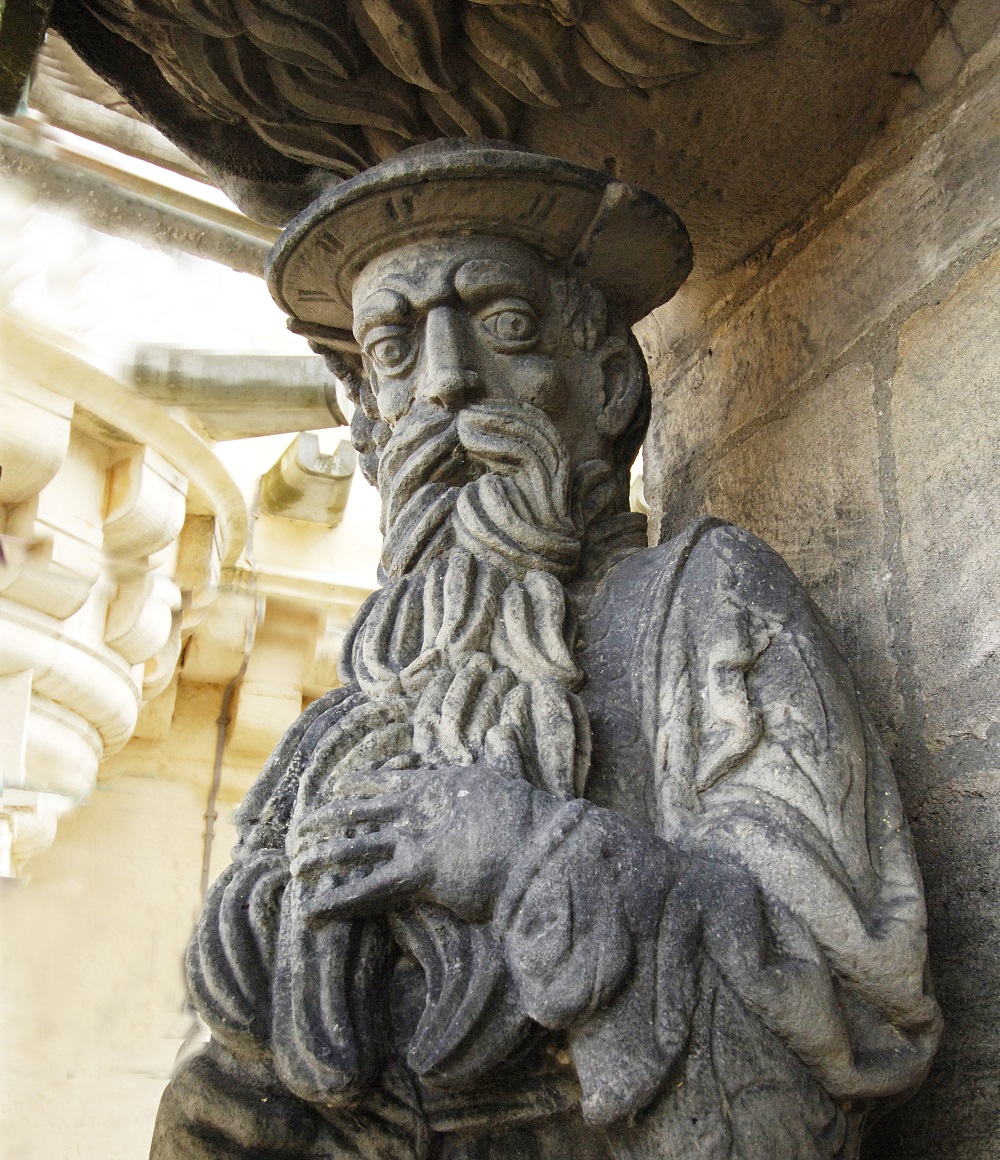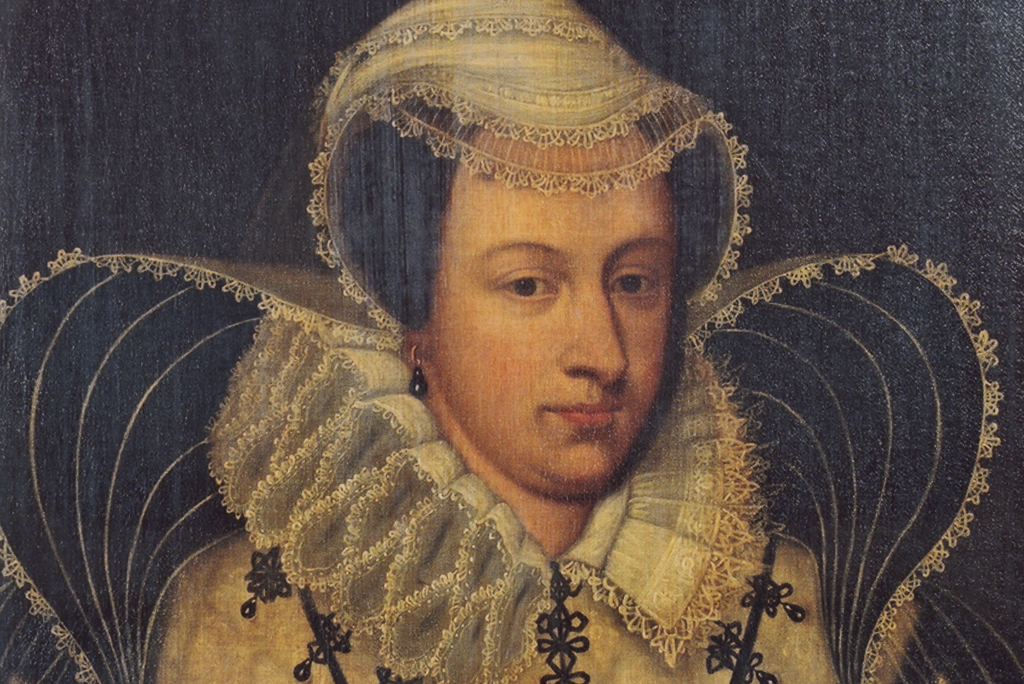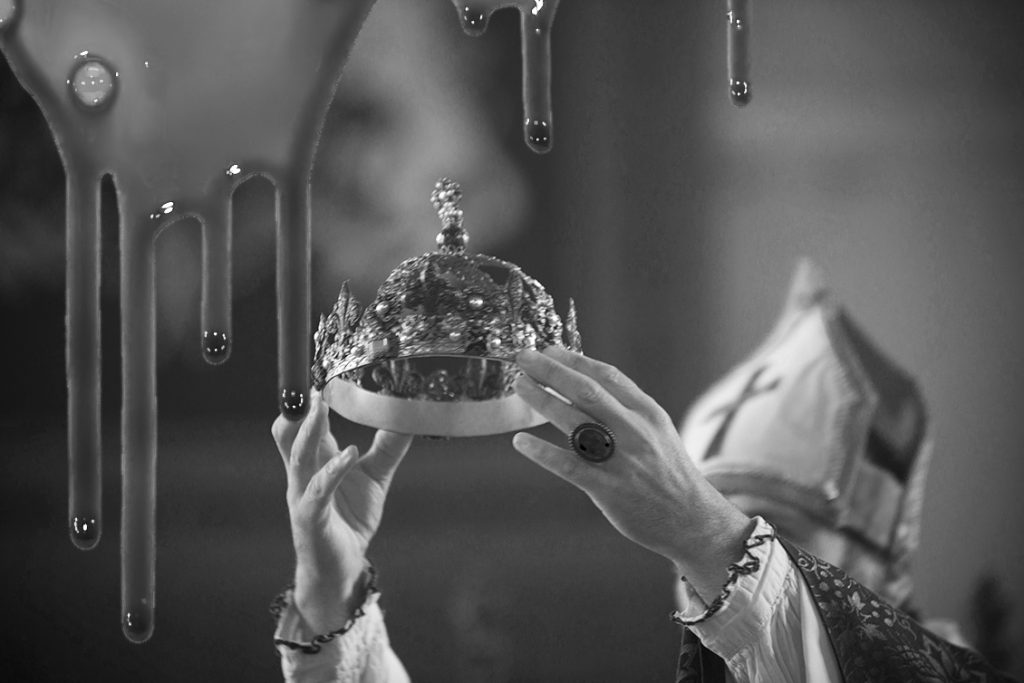The Stewarts were Scotland’s longest ruling royal dynasty, but they were also the unluckiest. Let’s explore the moments where it all went wrong:
James I: A smelly death
The young Prince James was captured by English pirates on his way to France at the age of twelve. He remained a prisoner in England for 18 years until he was released in 1424.
He returned to Scotland to finally begin his reign as king, but the Scottish nobility had become used to operating without a monarch at their head.

A Stirling Head depicting King James I
In 1437, the king was staying at the Blackfriars Monastery in Perth when a group of nobles made their way into the building.
He tried to make his escape through the sewers, but the tunnel had recently been blocked to prevent tennis balls from escaping! Poor James was brutally stabbed to death at the age of 42.
James II: Death by cannon

James II of Scotland
James II became king at the age of six when James I was assassinated. His early rule was dominated by unrest amongst the nobility.
In 1440 at the age of ten, he was at dinner with the 16-year-old Earl of Douglas and his 11-year-old brother at Edinburgh Castle when a black bull’s head, dripping with blood, was placed before the young boys.
The Earl and his brother were then taken from the room to Castle Hill, where they were promptly executed. This event became known as the Black Dinner (and inspired the ‘Red Wedding’ in Game of Thrones).
James was fond of modern artillery, such as cannons, and this would ultimately lead to his premature death.
In 1460, the 29-year-old king was besieging Roxburgh Castle. The records say that ’as the King stood near a piece of artillery, his thigh bone was dug in two with a piece of misframed gun that brake in shooting, by which he was stricken to the ground and died hastily.’ And so another Stewart king met a violent end.
James III: Unlucky in love, unlucky in war
When James II was killed by the backfiring cannon, his nine-year-old son became King James III.
Like his grandfather, James III became an unpopular king. He was ultimately responsible for the death of his younger brother John, Earl of Mar, whom he had imprisoned at Craigmillar Castle for treason. John later died under suspicious circumstances.
James III also had an unhappy marriage, and eventually his queen went to live in Stirling Castle whilst he lived in Edinburgh. They remained estranged until her death in 1486.

Crown crest of King James III at Edinburgh Castle
The king’s unpopularity led to him being arrested and imprisoned by his nobles in July 1482. However, he did not appear to have learnt from his three-month stint as a prisoner and continued to annoy his nobles by pursuing unpopular policies.
Eventually this led to another rebellion against him, with his eldest son as the figurehead for the opposition.
On 11 June 1488, James III fought at the Battle of Sauchieburn against the rebels, but was killed at the age of 36. It is not known if he died in battle or if he died whilst attempting to flee.
James IV: Chained by guilt

A Stirling Head of King James IV of Scotland in penitential dress and with plumes behind his head.
James IV was 15 years old when he became king. James was reportedly haunted by the guilt of his father’s death, and wore an iron belt close to his skin for the rest of his life, adding a new link to it every year. He married Margaret Tudor, eldest daughter of King Henry VII of England, and they had one surviving child, a boy named James, later King James V.
James IV is widely considered to be one of the most successful Stewart monarchs, and was Scotland’s first Renaissance king.
James IV also has the distinction of being the last monarch in Britain to die in battle. He was killed aged 40 at the Battle of Flodden in 1513, in a fight against the English.
His body was taken by the English army as proof of the king’s death but unfortunately it is not known where his body was eventually buried.
James V: An untimely death

Carved statue of James V on the exterior of the Palace at Stirling Castle.
Just like so many of the Stewart monarchs, James V became the king when he was very young, at only one year old! He was held as a prisoner by his stepfather Archibald Angus, the 6th Earl of Douglas before escaping his control in 1528.
His unlucky streak continued when his first wife Madeleine of Valois died less than a year into his marriage. He married Mary of Guise in 1538. His infant sons did not live long, and when Mary was finally pregnant again in 1542, James was busy fighting the English.
After the Battle of Solway Moss (which he lost), James fell ill. He was already on his death bed when he learned that Mary of Guise had given birth to a daughter.
According to legend, James is reported to have said that ‘It cam’ wi’ a lass, and it will gang wi’ a lass,’ meaning that whilst the Stewarts came to power through marrying a princess, the Stewart line would end with his daughter as queen.
He never saw his daughter grow up, nor did he get to live in the luxurious palace he had built for his wife at Stirling Castle.
Mary Stewart, Queen of Scots: Three husbands and a bloody death

Mary Queen of Scots
Mary, Queen of Scots was one of the unluckiest Stewart monarchs. She became queen at six days of age, and ended up having to spend most of her early life in France. Her first husband, the King of France, died at the age of 16 and Mary returned to Scotland to rule after her mother, Mary of Guise, who had been acting as Regent in Mary’s absence, died.
She married Lord Darnley, but after a short and unhappy marriage he was murdered (you can read more about their relationship elsewhere on the blog). She then married James Hepburn, the Earl of Bothwell, one of the suspects of the murder of her second husband.
The nobles were not happy about that, and soon Mary was arrested, held prisoner at Lochleven Castle and forced to abdicate the throne to her infant son James.
A year later she managed to escape to England but did not find the welcome she was hoping for. Held captive by her cousin Queen Elizabeth I of England for 19 years she was executed in 1587 at the age of forty-four.
So here you go, six seriously unlucky Stewarts. But who was the unluckiest? Let us know your thoughts in the comments below or on social media!

